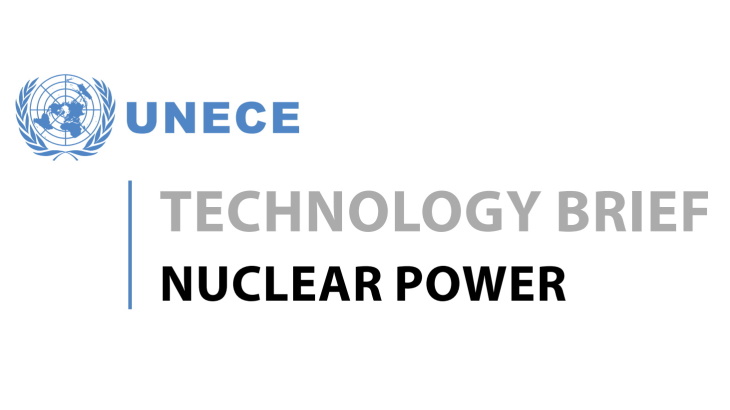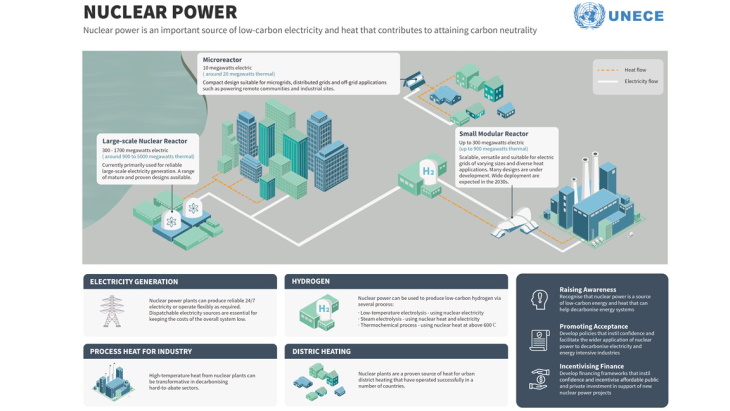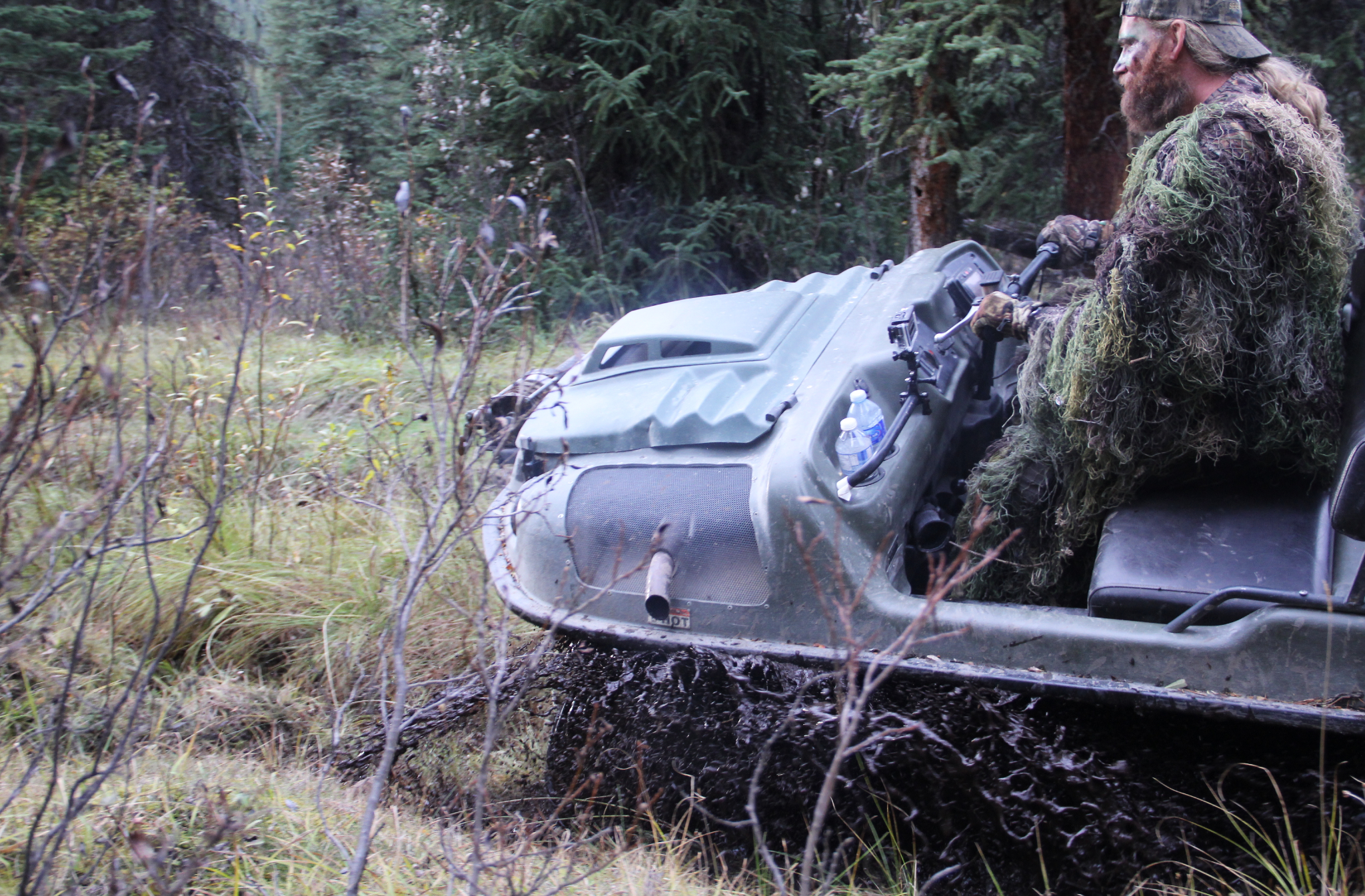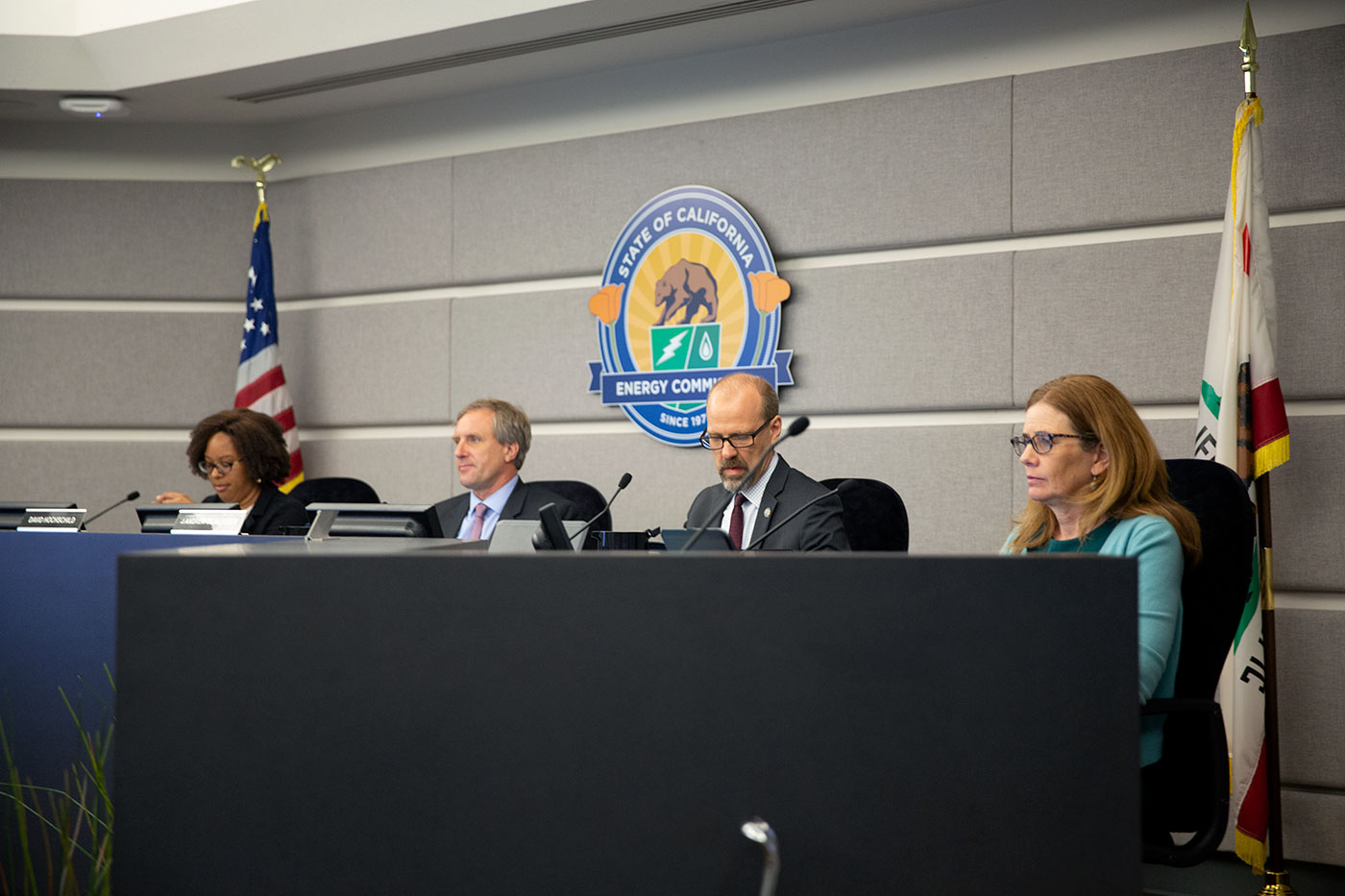Australian researchers step into new nuclear technologies
12 August 2021
The governments of Australia and the UK have signed a letter of intent (LoI) to establish a partnership on low emissions solutions including clean hydrogen and small modular reactors (SMRs). Meanwhile, the Australian Research Council (ARC) has awarded funding to a newly launched project to develop fuel for hydrogen-boron fusion which its participants say has the potential to re-establish Australia as a leader in fusion research and clean energy technology.
.jpg?ext=.jpg) Kwarteng (L) and High Commissioner for Australia to the UK, George Brandis, during the signing ceremony in London (Image: @KwasiKwarteng)
Kwarteng (L) and High Commissioner for Australia to the UK, George Brandis, during the signing ceremony in London (Image: @KwasiKwarteng)Under the LoI signed on 29 July by Australia's Minister for Energy and Emissions Reduction Angus Taylor and UK Secretary of State for Business, Energy and Industrial Strategy Kwasi Kwarteng, cooperation between the two countries will focus on research and development across six key technologies: clean hydrogen; carbon capture and use; carbon capture and storage; SMRs including advanced nuclear designs and enabling technologies; low emissions materials including green steel; and soil carbon measurement.
The partnership is aligned with Australia's technology-led approach to reducing emissions and will help deliver on the goals of its Technology Investment Roadmap, Taylor said. "Australia is continuing to drive practical international partnerships to get new energy technologies to commercial parity with existing approaches," he said. "Getting new energy technologies to parity will enable substantial reductions in global emissions - in both developing and developed countries - and ensure countries don't have to choose between growth and decarbonisation."
Australia has a moratorium on nuclear generation, but the Technology Investment Roadmap, which was released last year by the Australian government, identifies SMRs as a "watching brief technology" - a prospective technology with transformative potential. The Australian government intends to continue to monitor international developments in such technologies "to ensure that Australian households and businesses are able to exercise consumer choice and adopt the latest technologies, where it makes sense for them to do so."
Andrew Peele, group executive for Nuclear Science and Technology at the ANSTO nuclear science and technology organisation, welcomed the announcement of the partnership with the UK. "With our existing ties to research and nuclear organisations in the UK, there is a natural opportunity for ANSTO to contribute to this work," he said. "Our expertise in SMRs and Generation IV reactors will mean that Australia has homegrown knowledge and expertise in relation to these emerging technologies."
Fusion promise
Separately, former ANSTO CEO Adi Paterson, who has joined HB11 Energy’s Scientific Advisory Board, said the joint project between Deakin University and HB11 Energy Holdings to develop advanced fuels for hydrogen-boron fusion "opens a new chapter in fusion energy research as we aim to realise the promise of fusion as a large-scale source of clean energy for the next generation."
The researchers have secured an ARC Linkage Grant of nearly AUD570,000 to support the AUD2 million (USD1.5 million) project.
Laser proton-boron fusion reactions are a radiation-free nuclear energy source, the researchers say, but have been limited by a low reaction rate due to a lack of efficient fuel materials. The project, which will be based at Deakin University's Institute for Frontier Materials in Geelong, aims to develop new fuel materials by synthesising boron-11 enriched hydrogen borides and hydrogen adsorbed boron nitride nanosheets. The expected outcomes of the research funded by the ARC grant include two new hydrogen storage nanomaterials, the associated new synthesis technologies and a clean and safe nuclear power source, which helps to reduce carbon dioxide emissions, HB11 said.
The fuels will be tested on various petawatt laser facilities around the world, as there are no such facilities in Australia, said HB11's Warren McKenzie, who is one of the project's chief investigators. Other collaborators come from the University of Rochester, University of Bordeaux, Queens University Belfast, University of Texas, UNSW and Macquarie University, he added.
The ARC Linkage Program promotes national and international research partnerships between researchers and business, industry, community organisations and other publicly funded research agencies.
Researched and written by World Nuclear News













